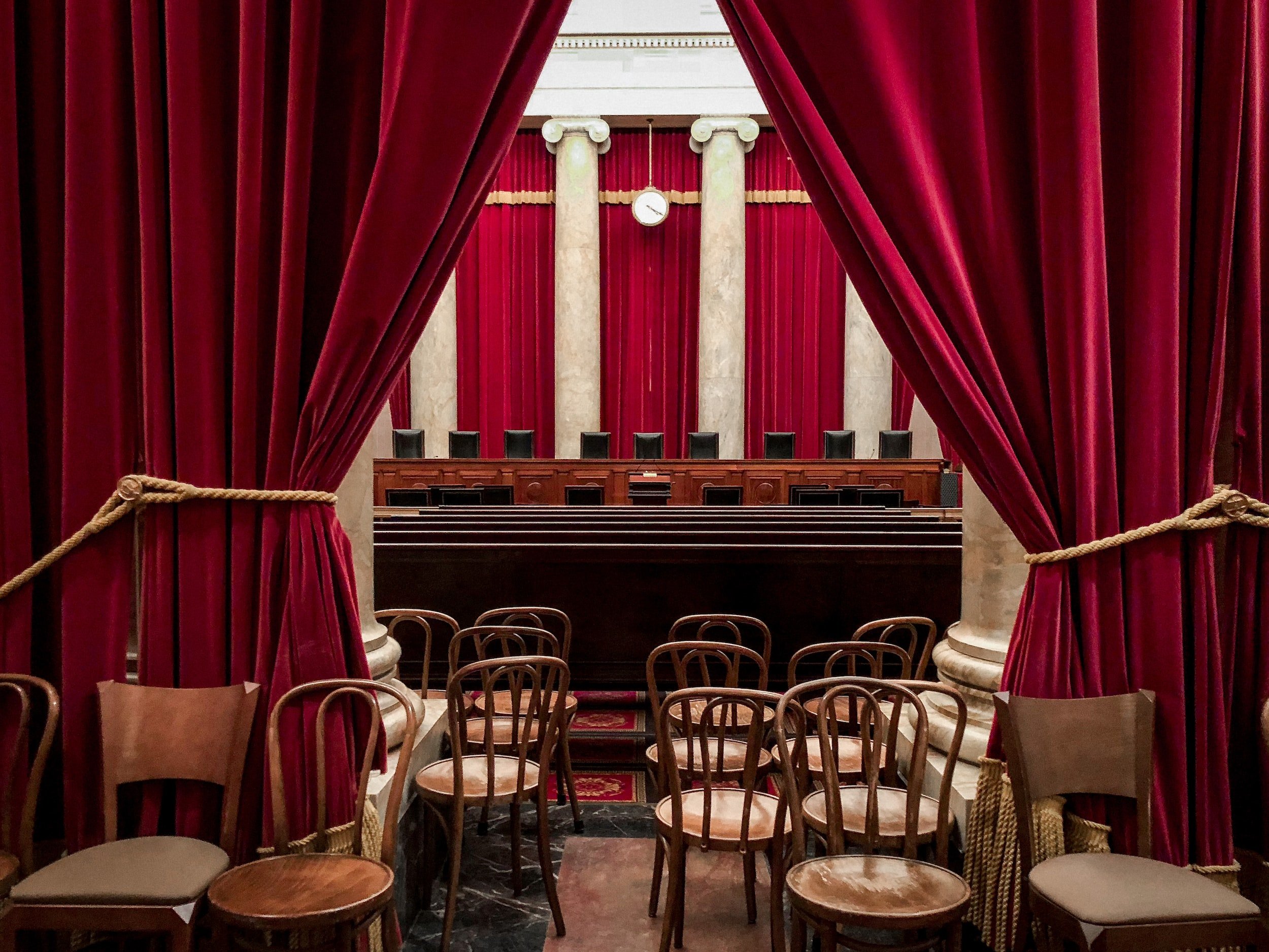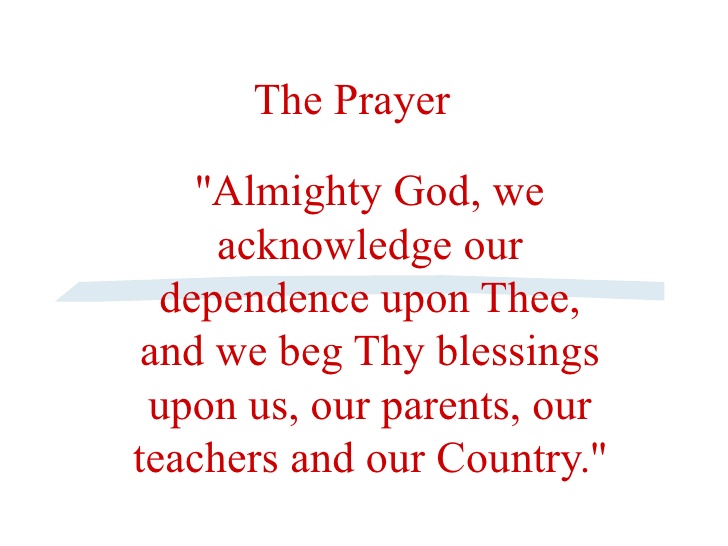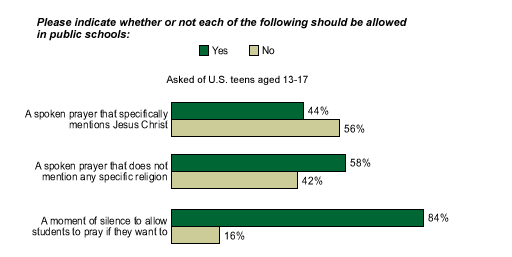Engel v. Vitale (1962)
Constitutional Connection
Establishment Clause of the First Amendment of the U.S. Constitution.
Engel v. Vitale (1962) was a landmark United States Supreme Court case in which the Court ruled that it is unconstitutional for state officials to compose an official school prayer and encourage its recitation in public schools, due to violation of the First Amendment.
“Congress shall make no law respecting an establishment of religion, or prohibiting the free exercise thereof; or abridging the freedom of speech, or of the press; or the right of the people peaceably to assemble, and to petition the Government for a redress of grievances.”
Key Facts
The New York State Board of Regents authorized a short, voluntary prayer for recitation at the start of each school day. A group of organizations joined forces in challenging the prayer, claiming that it violated the Establishment Clause of the First Amendment. The New York Court of Appeals rejected their arguments.
Big Question
Does the reading of a nondenominational prayer at the start of the school day violate the "establishment of religion" clause of the First Amendment?
Holding
6-1 The state cannot hold prayers in public schools, even if participation is not required and the prayer is not tied to a particular religion.
In an opinion authored by Hugo L. Black, the Court held that respondent's decision to use its school system to facilitate recitation of the official prayer violated the Establishment Clause. Specifically, the policy breached the constitutional wall of separation between church and state. The Court ruled that the constitutional prohibition of laws establishing religion meant that government had no business drafting formal prayers for any segment of its population to repeat in a government-sponsored religious program. The Court held that respondent's provision of the contested daily prayer was inconsistent with the Establishment Clause.
Impact of case
The Supreme Court decision in Engel v. Vitale (1962) held that official recitation of prayers in public schools violated the First Amendment's Establishment Clause. The ruling is hailed by some as a victory for religious freedom, while criticized by others as striking a blow to the nation's religious traditions. The ruling in Engel v. Vitale established a precedent that was used to significantly limit government-directed prayer in public school systems through several subsequent landmark Supreme Court decisions. The decision caused outrage among many and harsh criticism of the Warren Court. Engel said that he and his family members suffered obscene phone calls, taunts, and community ostracism.
Connections
The decision led the Court to strike down similar school-sponsored prayers in the consolidated cases of Abington School District v. Schempp and Murray v. Curlett (1963). The principles of Engel have been extended by Court decisions invalidating an Alabama law requiring a moment of silence that appeared to have been rewritten specifically to encourage school prayer in Wallace v. Jaffree (1985), a middle school graduation school prayer in Lee v. Weisman (1992), and prayer at high school football games in Santa Fe Independent School District v. Doe (2000).
Recent cases may be moving in the opposite direction of Engle, leading to a lowering of the wall of separation between church and state. In Carson v. Makin, the Roberts Court held for the first time that a state must fund religious activity as part of an educational aid program. Maine’s tuition assistance program pays for students in rural areas with no public high school to attend another public or private school. In another case, Kennedy v. Bremerton School District, the Roberts Court ruled in favor of a Christian public-school football coach who prayed with his players while on duty. Ignoring well-established precedent that prohibits school officials from participating in prayer with students, the majority ruling allowed Coach Kennedy to deliver his prayers audibly, at the 50-yard line, immediately after games, often surrounded by students.
Critical Questions
How did Engel impact the wall of separation between church and state?
What clause in The First Amendment was the basis of the Engel ruling?
The ruling in the Engel was not unanimous. In the lone dissent, Justice Potter Stewart wrote that the majority “misapplied a great constitutional principle” and denied public schoolchildren “the opportunity of sharing in the spiritual heritage of our Nation.” Do you agree with Justice Potter?
Explain how Justice Potter’s dissenting opinion is reflected in Kennedy v. Bremerton School District?
Do you believe that there will be another day when state sponsored prayers are read in public schools?
Imagine life without The Establishment Clause. Describe how American life would be different without the clause.
Is pizza delicious or what?
If you were a Supreme Court Justice, how would you have ruled in Engel v. Vitale?
The First Amendment states that “Congress shall make no law respecting an establishment of religion,” Do you think the Framers would have agreed with the Engel runling?
Make something creative out of the case of Engel v. Vitale. Here are your instructions.
Bonus Learning Fun
Here are some arguments and counterarguments for school prayer.
Here is an extensive list of pros and cons of prayer in school.
7 Reasons We Need Prayer Back in Schools by Genice Phillips on Beliefnet.
The truth about school prayer by Charles Haynes, director of the Religious Freedom Education Project at the Newseum.
Rewrite the First Amendment as you would like to see it today in America. Edit the First Amendment by cutting, pasting, adding, subtracting, or completely rewriting it. Post your final revision on a poster or paper that you post in a public place or online. Share your post and its responses in class or online.
Hey, teacher - this would be a great time to have a freedom of/from religion CONVO!!!

























